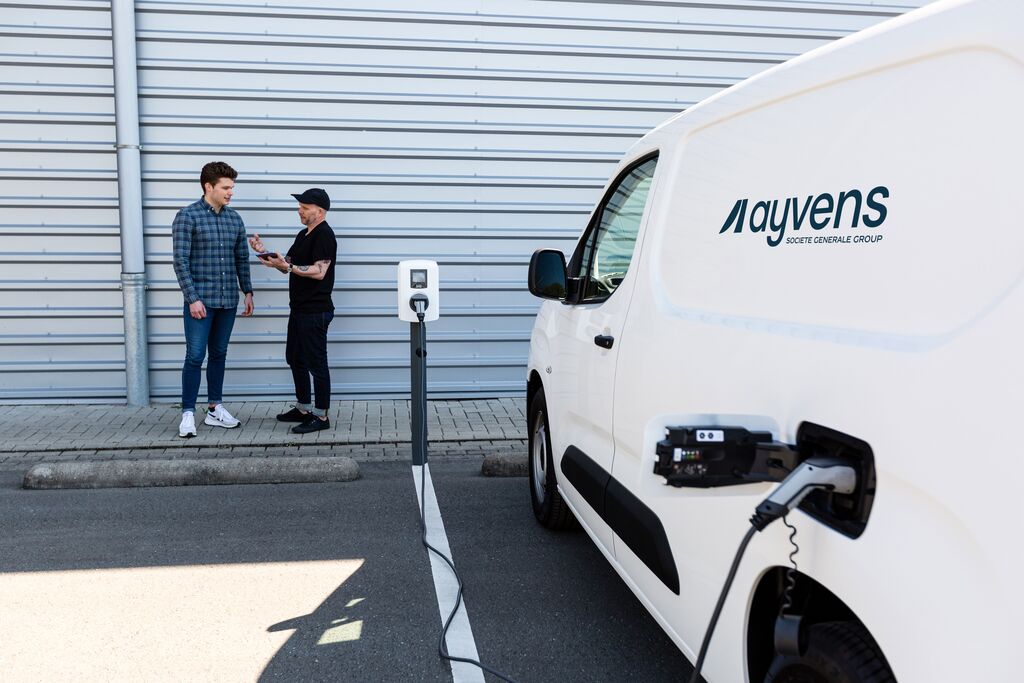Greener driving, no matter the drivetrain: even your car’s colour can shrink your carbon footprint
Transport is a major source of pollution – and road traffic, meaning all of us everyday drivers, is a big part of the problem. Air pollution is largely caused by gases emitted from petrol and diesel engines, but even if you opt for a conventional drivetrain, there’s still plenty you can do to protect the environment. As many of us are not aware of that, we decided that we’re giving tips on how to lower your carbon footprint simply by choosing the right car – and using it more thoughtfully.
Why your car’s colour matters
Black has long been the most popular car colour worldwide, partly because in the early days of motoring it was the cheapest paint option. But research shows that black cars have the largest carbon footprint purely because of their colour. Black absorbs far more sunlight than other colours, causing the interior to heat up faster and leading to heavier use of air conditioning – which in turn increases fuel consumption. Over a year, that can mean up to 140 extra litres of fuel and 323 kilograms of CO₂ emissions for just one car. Dark colours also need washing almost twice as often as lighter ones, using more water. Lighter shades, especially white, are far more eco-friendly: white reflects around 60% of sunlight, keeping the cabin cooler and even helping to lower the surrounding air temperature. Silver and other light colours offer similar benefits – the lighter the colour, the stronger the effect.[1]
Recycled materials on the rise
When designing interiors for new models, manufacturers have always focused on comfort, functionality and cost – but now the environmental impact of materials is a growing priority. According to Plastics Europe[2], plastics make up 12–15% of the weight of a typical 1,500 kg modern car, appearing in dashboards, headrests, airbags and seatbelts – making it the second most common material in car production. Leather remains popular for its elegance, durability, stain resistance and easy cleaning, but experts disagree on whether it’s more sustainable than plastic. That’s why more brands are turning to recycled materials: regenerated nylon from old fishing nets or textile waste, recycled PET, or even hemp industry by-products[3]. These can be processed in existing factories and, at the end of the vehicle’s life, be recycled again or composted. If you want to make a greener choice, pay attention to what’s inside the cabin as well as under the bonnet.
Eco-friendly tyres
Today’s market offers a wide range of eco tyres designed to improve fuel efficiency by reducing rolling resistance. Made from sustainable materials, they also last longer – meaning fewer tyres end up in landfill. Tyre pressure is just as important: underinflated tyres raise fuel use and emissions, while overinflated ones wear out faster. Ideally, check your tyre pressure every two weeks or at least once a month.
Maintenance matters
How well you maintain your car has a huge impact on both performance and emissions. Regular servicing keeps the engine running efficiently, reducing fuel consumption and pollution. Key checks include oil level, air filters and spark plugs. Aim for a full service at least once a year but follow the manufacturer’s recommended intervals – and adjust for your driving habits. Frequent long trips or motorway driving may require more frequent oil changes, along with new oil filters and regular checks on air and fuel filters.
Drive smarter
Driving habits can significantly influence our car’s environmental impact. Accelerating gradually, avoiding sudden braking, and maintaining a steady speed can greatly reduce CO₂ emissions. On motorways, use cruise control where possible. When parked or waiting, switch the engine off completely.
Keep it light
The heavier the load in your car, the more fuel it consumes. To reduce weight, avoid carrying unnecessary heavy items in the boot or back seats. The same goes for roof racks – if not in use, they should be removed, as they increase air resistance, making the engine work harder and burn more fuel.
Plan ahead
You can cut fuel consumption – and your carbon footprint – by planning trips more efficiently, combining errands into one journey. Many drivers also mix driving with public transport or cycling to save time and money. In big cities, it’s often faster to leave your car at a P+R facility on the outskirts and continue by bus, tram or metro.
[1] https://phys.org/news/2011-10-silver-white-cars-cooler.html
[2] https://plasticseurope.org/wp-content/uploads/2021/10/20181019-Automotive-Booklet.pdf
[3] https://www.volkswagen-newsroom.com/en/press-releases/imitation-leather-from-industrial-hemp-innovative-and-sustainable-material-for-future-car-interiors-18665



